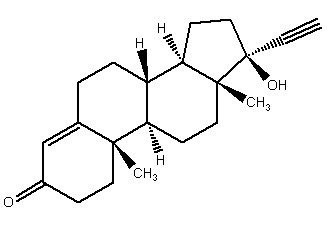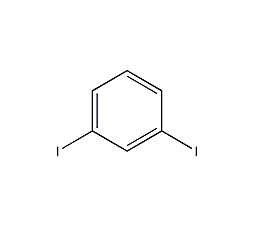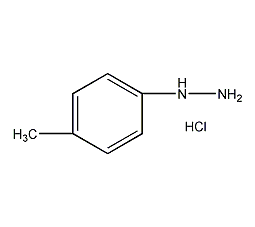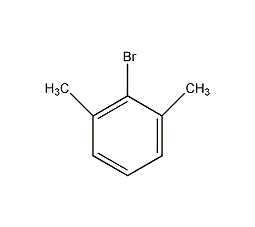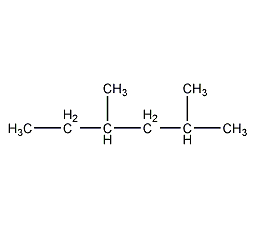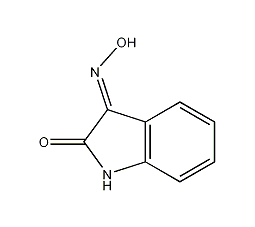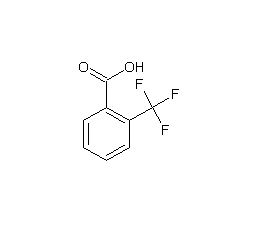rhodopsinogen


Structural formula
| Business number | 053H |
|---|---|
| Molecular formula | C10H14N2O4 |
| Molecular weight | 226.23 |
| label |
5-9aminomethyl)-4-(carboxymethyl)-1H-pyrrole-3-propionic acid, 5-(Aminomethyl)-4-(carboxymethyl)-1H-pyrrole-3-propanoic acid |
Numbering system
CAS number:487-90-1
MDL number:MFCD00005224
EINECS number:207-666-3
RTECS number:None
BRN number:220051
PubChem ID:None
Physical property data
1. Character: light yellow powder
2. Density (g/ m3,25/4℃): Undetermined
3. Relative vapor density (g/cm3,Air=1 ): Undetermined
4. Melting point (ºC): Undetermined
5. Boiling point (ºC,Normal pressure): Undetermined
6. Boiling point (ºC,5.2kPa): Undetermined
7. Refractive index: Undetermined
8. Flash Point (ºC): Undetermined
9. Specific optical rotation (º): Undetermined
10. Autoignition point or ignition temperature (ºC): Undetermined
11. Vapor pressure (kPa,25ºC): Undetermined
12. Saturated vapor pressure (kPa,60ºC): Undetermined
13. Heat of combustion (KJ/mol): Undetermined
14. Critical temperature (ºC): Undetermined
15. Critical pressure (KPa): Undetermined
16. Oil and water (octanol/Log value of water) partition coefficient: Undetermined
17. Explosion limit (%,V/V): Undetermined
18. Lower explosion limit (%,V/V): Undetermined
19. Solubility: Undetermined
Toxicological data
None yet
Ecological data
This substance may be harmful to the environment, and special attention should be paid to water bodies.
Molecular structure data
1、 Molar refractive index:55.99
2、 Molar volume(m3/mol):159.1
3、 Isotonic specific volume (90.2K):469.2
4、 Surface tension(dyne/cm):75.6
5、 Polarizability(10-24cm3):22.19
Compute chemical data
1. Reference value for hydrophobic parameter calculation (XlogP): -3.5
2. Number of hydrogen bond donors: 4
3. Number of hydrogen bond acceptors: 5
p>
4. Number of rotatable chemical bonds: 6
5. Number of tautomers: none
6. Topological molecule polar surface area 116
7. Number of heavy atoms: 16
8. Surface charge: 0
9. Complexity: 270
10. Number of isotope atoms: 0
11. Determine the number of atomic stereocenters: 0
12. Uncertain number of atomic stereocenters: 0
13. Determine the number of chemical bond stereocenters: 0
14. Number of uncertain chemical bond stereocenters: 0
15. Number of covalent bond units: 1
Properties and stability
Use and store according to specifications, no decomposition will occur, and avoid contact with oxides
Storage method
Refrigerate and seal, place in a ventilated, dry environment
Synthesis method
None yet
Purpose
None yet
